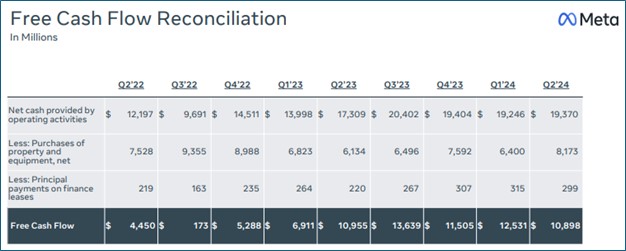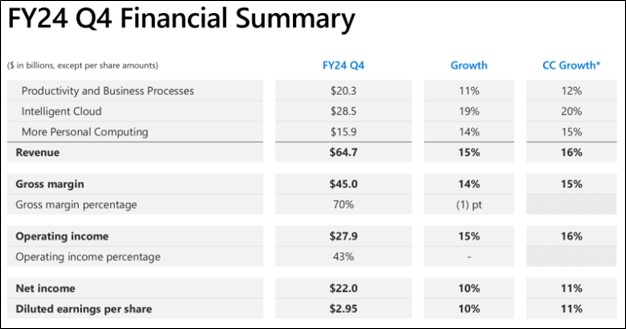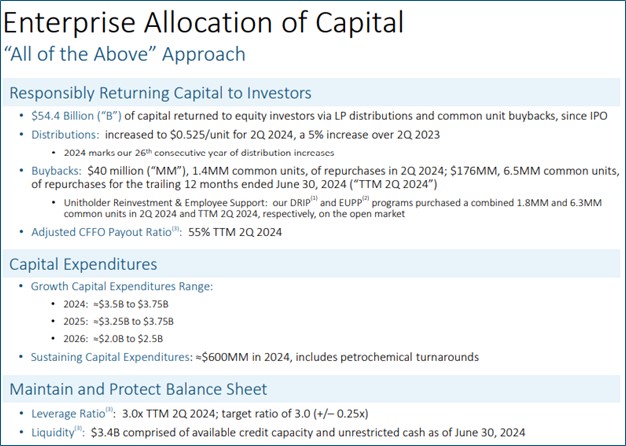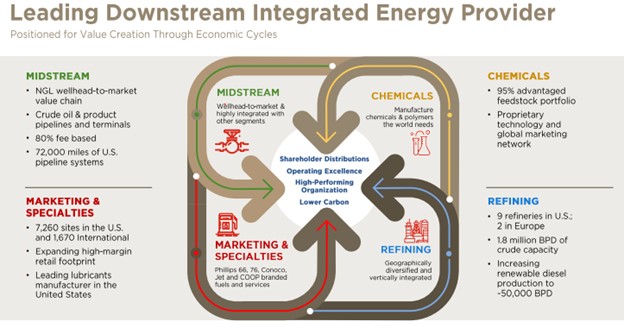|
|
Recent Articles
-
 In the News: MO, META, QCOM, PSA, ALB
In the News: MO, META, QCOM, PSA, ALB
Aug 1, 2024
-

Image Source: Meta Platforms.
Altria's improved performance will be weighted to the second half of 2024. Meta Platforms remains a free cash flow generating powerhouse. Qualcomm's free cash flow has been impressive as well. Public Storage cut its funds from operations (FFO) outlook on weak customer move-in rents driven by the competitive environment, while Albemarle continues to suffer from reduced lithium market pricing.
-
 Microsoft's Cash Flow Generation Robust, Azure Expected to Accelerate
Microsoft's Cash Flow Generation Robust, Azure Expected to Accelerate
Jul 31, 2024
-

Image Source: Microsoft.
Microsoft ended the June quarter with $75.5 billion in total cash and cash equivalents and $51.6 billion in short- and long-term debt on the books, good for a nice net cash position. In the three months ended June 30, cash flow from operations surged to $37.2 billion from $28.8 billion in the same period a year ago, while capital spending totaled $13.9 billion in the June quarter versus $8.9 billion in last year’s quarter. Free cash flow increased 17.7% in the quarter, coming in at $23.3 billion versus $19.8 billion in the same period a year ago. During the quarter, Microsoft returned $8.4 billion to shareholders in the form of dividends and buybacks. Shares yield 0.7% at the time of this writing.
-
 Dividend Aristocrat Enterprise Products Partners Showcases Strong Earnings Growth in Second Quarter
Dividend Aristocrat Enterprise Products Partners Showcases Strong Earnings Growth in Second Quarter
Jul 30, 2024
-

Image Source: 2Q 2024 Enterprise Products Partners Earnings Slides.
On July 30, Enterprise Products Partners reported decent second quarter results. During the quarter, the midstream energy company generated net income attributable to common unitholders of $1.4 billion, or $0.64 per unit on a fully diluted basis, a 12% increase from the same period a year ago. Distributable cash flow [DCF] came in at $1.8 billion, up from $1.7 billion in last year’s quarter and covered its distribution 1.6 times. Enterprise increased its distribution 5% in the second quarter, to $2.10 per common unit on an annualized basis, marking the 26th consecutive year it has raised its payout.
-
 Phillips 66 Records Strong Free Cash Flow in Second Quarter
Phillips 66 Records Strong Free Cash Flow in Second Quarter
Jul 30, 2024
-

Image Source: Phillips 66 Investor Update.
We like Phillips 66’s investment prospects. The company recently raised its mid-cycle adjusted EBITDA target to $14 billion by 2025. It has a strong investment-grade credit rating of A3/BBB+, with a net debt-to-capital ratio target between 25%-30%. Maintaining capital discipline is par for the course for Phillips 66, as it has generated 12% average ROCE since 2012. The company targets returning more than 50% of operating cash to shareholders, too. Its shares yield 3.3% at the time of this writing.
|